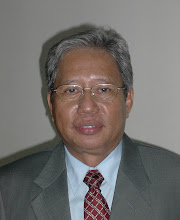Water Supply at the Sarawak State are delivered by Kuching Water Board, Sibu Water Board, and LAKU Management Sdn Bhd. Beside those three there are 89 water supply authorities under the state Jabatan Kerja Raya (JKR), which supply drinking water according to the National Drinking Water Standards.
All together the water boards and authorities are servicing 76.3 % of the population, 100 % of the urban area, and 54.4 % of the rural population. Works are progressing to achieve the target of 70% of rural population by the end of Ninth Malaysia Plan.
In some areas, the water is come from low lying rivers that covered with peat swamp forest, for example Miri, where the water come from Bakong river. The water is colour (yellowish) due to the organic content, but it is not harmful for human consumptions. Other source of water that being studied for low lying area is from groundwater.
All together the water boards and authorities are servicing 76.3 % of the population, 100 % of the urban area, and 54.4 % of the rural population. Works are progressing to achieve the target of 70% of rural population by the end of Ninth Malaysia Plan.
In some areas, the water is come from low lying rivers that covered with peat swamp forest, for example Miri, where the water come from Bakong river. The water is colour (yellowish) due to the organic content, but it is not harmful for human consumptions. Other source of water that being studied for low lying area is from groundwater.

Comments